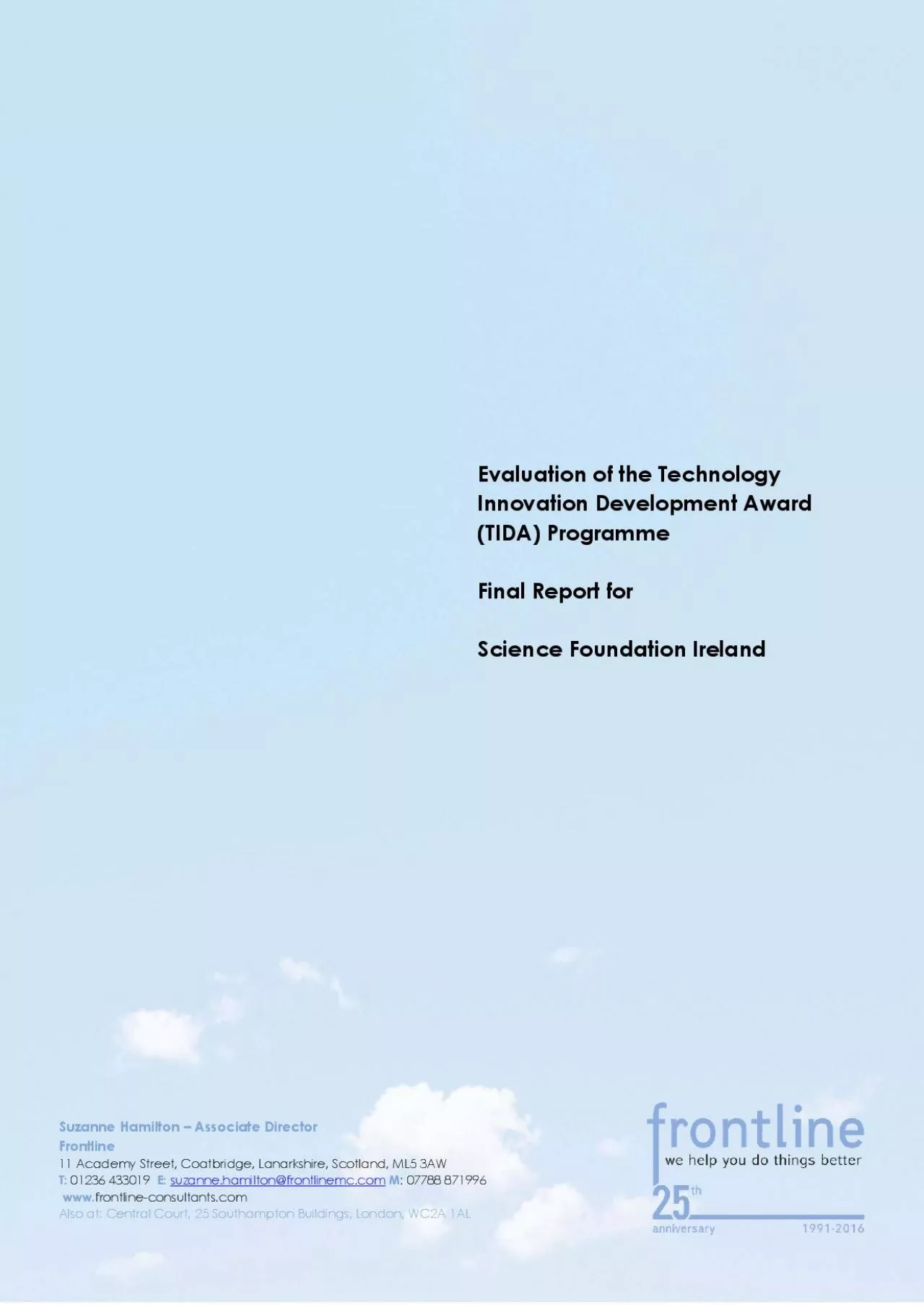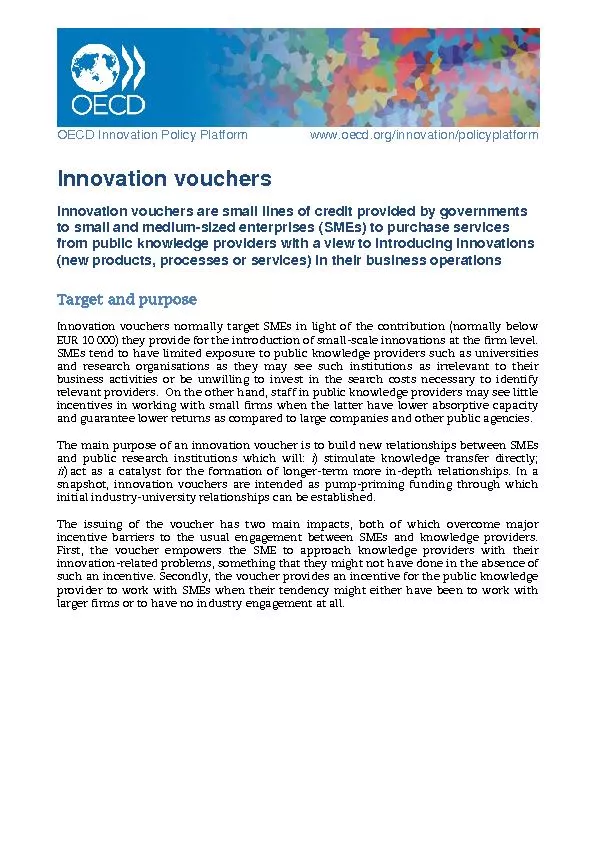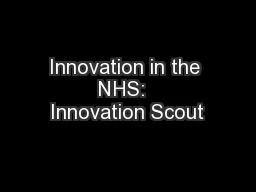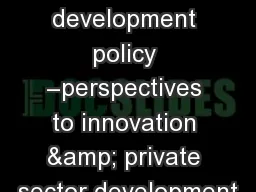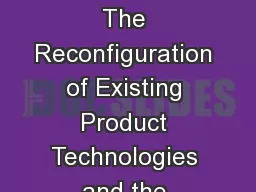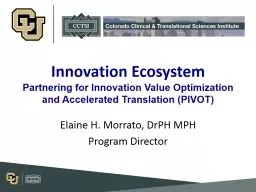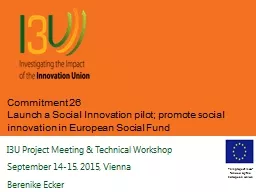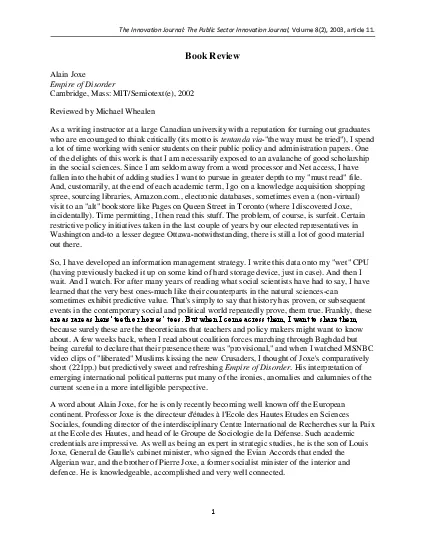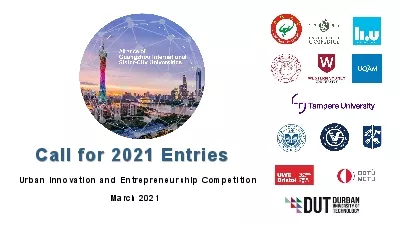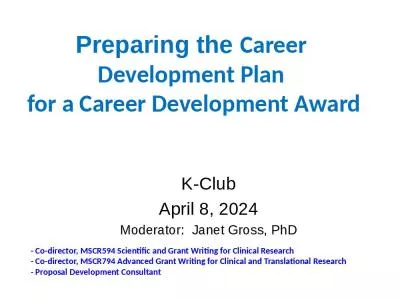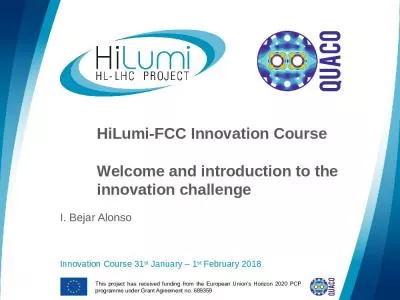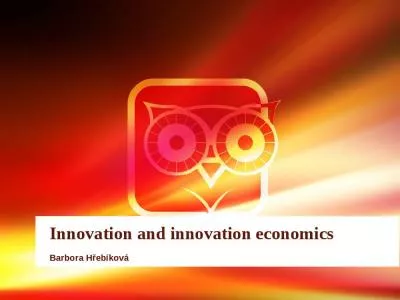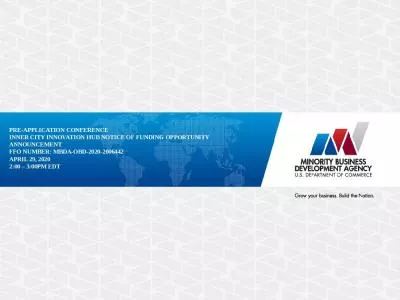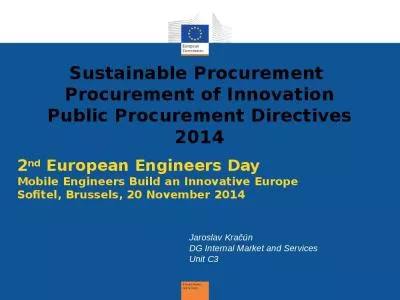PDF-Innovation Development Award
Author : teresa | Published Date : 2021-08-18
TIDAProgrammeFinal Report forScience Foundation IrelandAssociate Director Frontline T 01236 433019 E M 07788 871996wwwfrontlineconsultantscomAlso at Central Court
Presentation Embed Code
Download Presentation
Download Presentation The PPT/PDF document "Innovation Development Award" is the property of its rightful owner. Permission is granted to download and print the materials on this website for personal, non-commercial use only, and to display it on your personal computer provided you do not modify the materials and that you retain all copyright notices contained in the materials. By downloading content from our website, you accept the terms of this agreement.
Innovation Development Award: Transcript
Download Rules Of Document
"Innovation Development Award"The content belongs to its owner. You may download and print it for personal use, without modification, and keep all copyright notices. By downloading, you agree to these terms.
Related Documents

